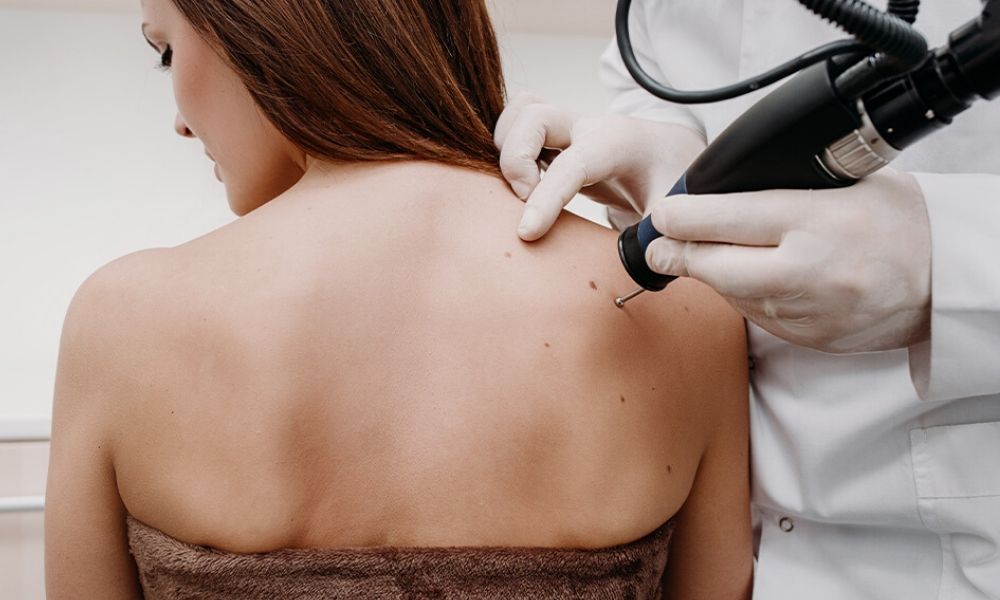Wart removal procedures vary depending on the type, size, and location of the wart or 疣, as well as the patient’s age and health status.
However, in general, here’s what you can expect from a wart removal procedure:
- Consultation: Before the procedure, you will meet with your doctor to discuss the best treatment options for your wart and to determine if there are any contraindications to the procedure.
- Numbing: Depending on the size and location of the wart, your doctor may apply a local anaesthetic to numb the area around the wart to minimize any discomfort during the procedure.
- 脫疣 procedure: Common methods for removing warts include cryotherapy (freezing the wart with liquid nitrogen), surgical excision (cutting the wart out), electrocautery (burning the wart with an electric current), and 激光脫疣 The specific method used will depend on the type and size of the wart, as well as the preference of the doctor.
- Healing: After the procedure, the treated area may be covered with a bandage, and you may be instructed to keep the area clean and dry. You may also be given aftercare instructions, such as how to care for the wound and when to return for a follow-up appointment.
- Follow-up: Most people will need multiple visits to the doctor to completely remove a wart. You will need to follow-up with your doctor to monitor the healing process and determine if additional treatments are necessary.
Why aftercare?
Aftercare is important for several reasons:
- Minimizing the risk of infection: Wart removal procedures can cause a small wound, and proper aftercare can help minimize the risk of infection and promote healing.
- Preventing scarring: Proper aftercare can also help prevent scarring, especially if the wart was removed through a surgical excision. Keeping the wound clean and properly moisturized can help reduce the risk of scarring.
- Promoting healing: Following aftercare instructions can help ensure that the treated area heals properly and reduces the risk of complications, such as recurrence of the wart.
- Improving outcomes: Proper aftercare can also improve the overall outcome of the procedure, as it can increase the chances of completely removing the wart and reducing the risk of complications.
Post treatments
After a wart removal procedure, there are several post-treatment steps that you can follow to promote healing and minimize the risk of complications:
- Keep the treated area clean and dry: Clean the treated area daily with soap and water, and avoid exposing it to water for a specified period of time, as advised by your doctor.
- Avoid scratching or picking at the wound: Scratching or picking at the wound can increase the risk of infection and slow the healing process.
- Apply an antibiotic ointment: Your doctor may prescribe an antibiotic ointment to apply to the treated area to help prevent infection and promote healing.
- Use a bandage: Cover the treated area with a bandage to protect it from dirt and bacteria.
- Avoid tight clothing: Avoid wearing tight clothing that may irritate the treated area.
- Take pain medication as needed: If you experience pain, you can take over-the-counter pain medication, such as acetaminophen or ibuprofen, as directed by your doctor.
- Follow-up with your doctor: It’s important to follow-up with your doctor to monitor the healing process and determine if additional treatments are necessary.





